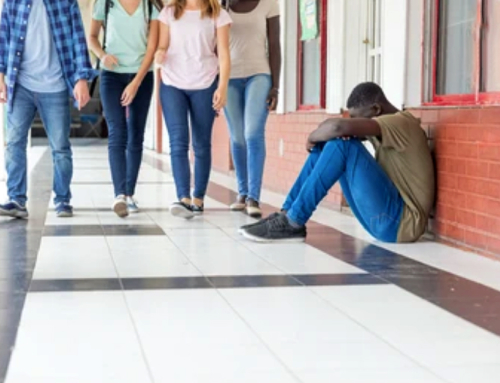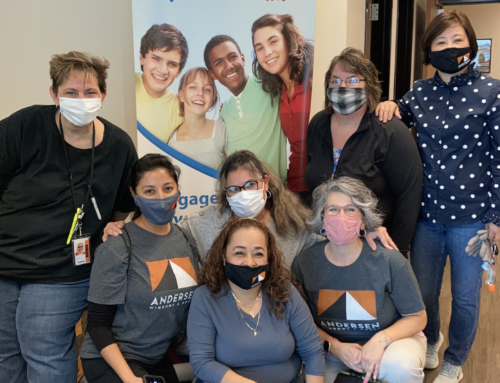Missing: COVID-19 Impacts Student Enrollment
It has been almost a year since COVID-19 began affecting families everywhere, filling homes with anxiety, causing various types of loss and moving schools to virtual learning. In any given year, a reported decrease in the number of homeless students in the United States would be positive news—however, this is worrisome when drastically reduced numbers can be attributed to an inability to identify and enroll these students.
According to a new report from School House Connection there was a 28% decrease in the number of identified homeless students in the fall of 2020 compared to the fall of 2019. If we apply this percentage decrease to the most recent federal student homelessness data (1.5 million homeless students, preK-12), then more than 42,000 homeless students have not been identified, and may not be in school at all, or receiving basic needs and educational support. Without a home and without school, these students are at risk for losses that could last a lifetime and increase their likelihood of experiencing homelessness as adults.
Further, the School House Connection report suggests that this number is likely much larger, as there is significant evidence that public schools were dramatically under-identifying homelessness even before the pandemic. Reports from Arizona high school districts indicate youth enrollment for McKinney-Vento eligible is down by more fifty percent.
“Prior to the pandemic, public schools have been identifying only slightly more than half of high school students experiencing homelessness, meaning that as many as one million students experiencing homelessness have not been receiving services they need, and to which they are entitled under the federal McKinney-Vento Act,” the report states.
Of school liaisons who indicated that homeless student identification was lower this year, the primary reason cited was “inability to identify youth due to distance learning and school building closure.” When school buildings are closed, educators have significantly less in-person communication with students and families, and social distancing protocols further reduce opportunities for noticing signs of homelessness and having confidential conversations about living circumstances. Liaisons also described significant unmet needs in their communities, including lack of internet, housing, food and childcare. Mental health concerns and lack of transportation also were frequently cited as concerns. These unmet needs pose significant challenges to health and well-being, in addition to learning, making it even harder for youth to stay in school.
Learn what HYC is doing to address declining school enrollment.






